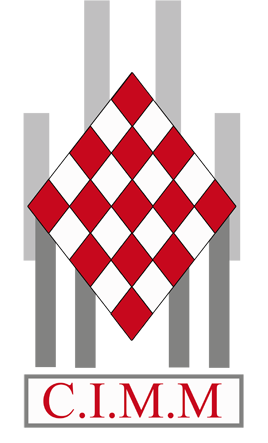CIMM: also offers breast examination and 3D digital mammogram, in Monaco

You can find a team of experts and competent professionals at our Centre d’Imagerie Médicale de Monaco (Monaco Medical Imaging Centre), to guide you through all types of examinations: MRI, CT scan, or a 3D digital mammogram.
We support you throughout your examination, taking the time to provide you with detailed explanations and tips to follow.
What is a 3D digital mammogram?
3D digital mammography is the most widely used radiological examination of the breast. It can be combined with ultrasound and/or puncture. It investigates the mammary gland and is thus able to detect breast cancer at an early stage.
It also looks for possible abnormalities, such as opacities or micro-calcifications (tiny calcium deposits in the breast).
It uses X-rays, but at very low doses and over a very localised area, to minimize irradiation risks. Indeed, these are now considered to be zero.
However, it is always vital to take precautions for pregnant women, so it is essential to tell us about your pregnancy as soon as possible.
The breast needs to be compressed for image quality and reduced irradiation.
Tomosynthesis or “3D” mammography increases breast imaging performance for early diagnosis and screening of small tumours.
It produces “sectional” images giving a better view of the breast tissue. This leads to more diagnoses of breast cancer as well as fewer false alarms.
It is performed in the same way a traditional mammogram, takes the same examination time and does not increase the sometimes painful discomfort of the examination.
What happens in the mammogram
Prior to the examination, you need to go into the changing room to remove your clothes (we will tell you which clothes to remove).
A specialist radiology technician then performs this examination, which must be carried out in the first part of the menstrual cycle, i.e. within the first ten days of the cycle.
The first breast is placed in the mammogram and is gradually compressed. After verifying the correct position, the X-ray image is taken.
Remember to stay still and hold your breath. The breast is then decompressed, and the operation is repeated for the second breast.
Several images must be taken for a complete and accurate examination. This examination takes about fifteen minutes.
A breast ultrasound can be performed after the mammogram. If you have any concerns during the examination, alert the medical staff who will respond immediately.
The results
After the examination, the radiologist gives you an initial opinion with his/her impressions.
The final report is sent to your attending physician as soon as possible.
Once your doctor receives the results of the tests, he or she will make an appointment with you to explain them and give you some recommendations for follow up.

Looking after you for 40 years

Experienced medical and paramedical team

Equipment at the cutting edge of technology

